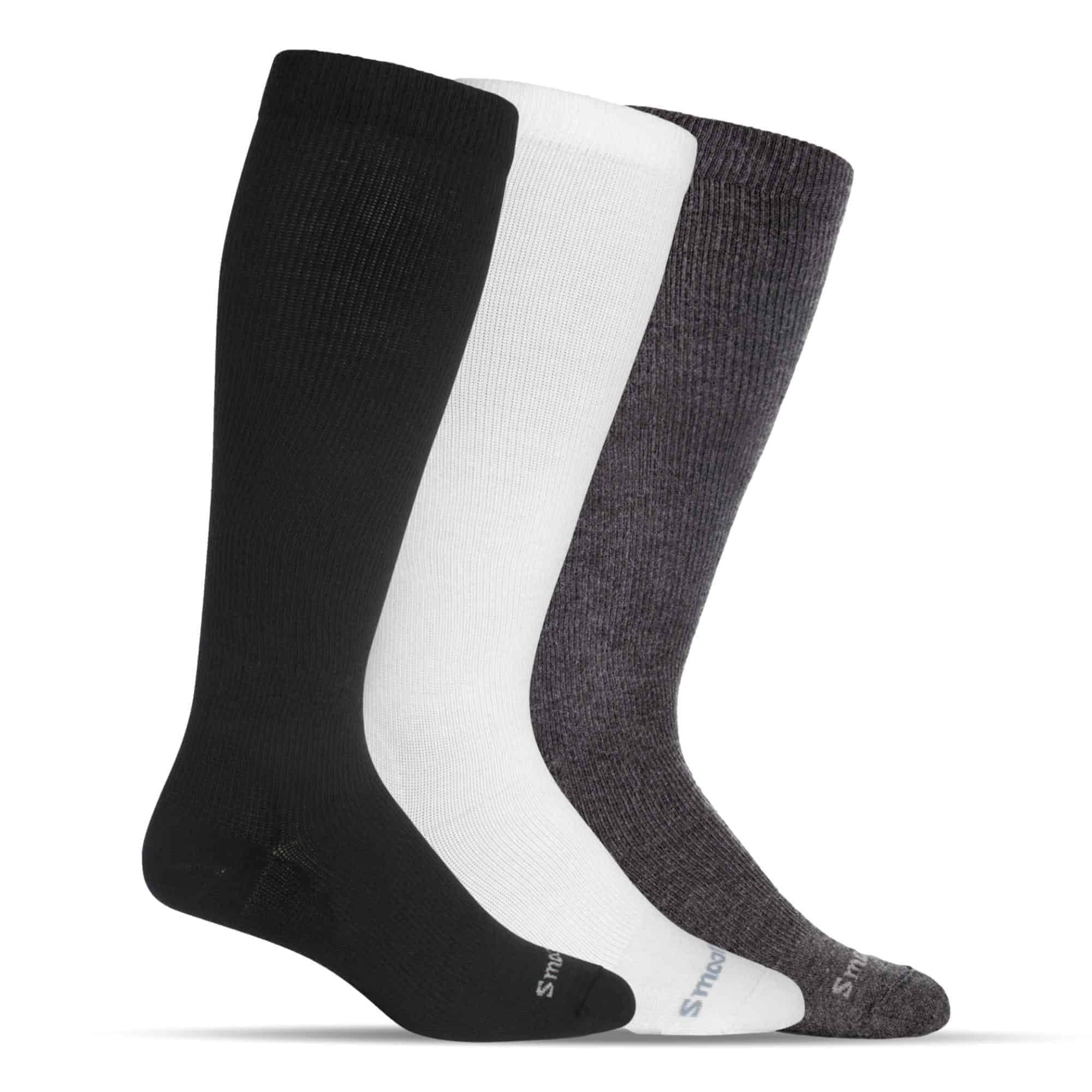Have you ever found yourself standing for hours on end, feeling like your legs have turned into lead weights? Or perhaps you’ve spent a long day traveling and felt a peculiar heaviness in your lower limbs? If so, you’re not alone! Many people experience these cumbersome sensations, which can be a result of poor circulation. Thankfully, there’s a stylish and effective solution on the market: 20-30 mmHg thigh-high compression socks. But are they truly a game changer?
Compression socks are designed to apply graduated pressure on the legs, with the tightest fit at the ankle that gradually loosen as they move up the leg. The 20-30 mmHg level of compression is specifically intended for individuals who experience moderate ailments, such as varicose veins, edema, or prolonged periods of sitting or standing. So, how do these garments transform our experience of discomfort into one of comfort and rejuvenation?
Understanding Compression Levels
Before diving into the myriad benefits of 20-30 mmHg thigh-high socks, it’s crucial to understand the various levels of compression. Compression socks are classified based on the amount of pressure they exert, usually measured in millimeters of mercury (mmHg). Levels range from mild (8-15 mmHg) to extremely firm (30-40 mmHg). The 20-30 mmHg category strikes a harmonious balance, offering substantial support without feeling overly restrictive.
Benefits of Thigh-High Compression Socks
Beyond enhancing circulation, 20-30 mmHg thigh-high compression socks offer a multitude of advantages for various lifestyles and needs:
- Enhanced Circulation: The primary purpose of compression socks is to promote blood flow. By enhancing venous return, they assist in reducing swelling and preventing the formation of blood clots, particularly during long periods of immobility, such as long flights or desk jobs.
- Reduced Discomfort and Fatigue: Many wearers report a significant decrease in leg fatigue and discomfort throughout the day. If you find yourself drained and achy, a pair of these socks might just be the solution you’ve been searching for.
- Improved Athletic Performance: Athletes often employ compression garments during training to reduce muscle oscillation, which can lead to soreness. Wearing compression socks can support muscle recovery post-exercise, allowing for more vigorous training sessions.
- Stylish Options: Gone are the days of unsightly, medical-looking stockings! Today’s compression socks come in various colors, patterns, and materials, making them an attractive addition to any wardrobe. You can easily integrate them into your everyday outfit, whether at work or while lounging at home.
A Common Challenge: Finding the Right Fit
While! the upsides are enticing, finding a pair of compression socks that fit properly can pose a challenge. Compression socks are not a one-size-fits-all solution. An ill-fitting pair can lead to discomfort rather than relief. It’s essential to measure the circumference of your ankles, calves, and thighs to find the perfect fit. A well-fitted sock will provide comfort while delivering the necessary support your legs need.
Who Can Benefit?
Wide-ranging segments of the population can derive benefits from wearing 20-30 mmHg socks:
- Office Workers: If you’re glued to a desk for hours, these socks can aid in combating the negative effects of prolonged sitting.
- Pregnant Women: Expectant mothers often endure swelling in their lower extremities. Compression socks can relieve discomfort and promote better circulation during pregnancy.
- Athletes and Fitness Enthusiasts: Runners, cyclist, and gym-goers can leverage compression technology to improve performance and expedite recovery.
- Travelers: For frequent flyers or long-distance travelers, these socks become an indispensable tool to prevent leg swelling and discomfort.
How to Integrate Them into Your Routine
Incorporating 20-30 mmHg thigh-high socks into your day-to-day life doesn’t have to be daunting. Here are some tips:
- Start Gradually: If you’re new to wearing compression socks, start with wearing them for a few hours a day and gradually increase the duration.
- Pair with Comfortable Shoes: To maximize comfort, pair these socks with supportive footwear. Proper shoes can further alleviate leg fatigue.
- Choose the Right Time: Consider wearing them during activities that typically lead to discomfort—be it long workdays, workouts, or travel.
- Maintain Hygiene: As with any garment, it’s essential to maintain cleanliness. Regular washing keeps your socks fresh and prolongs their lifespan.
Final Thoughts
With a little creativity and strategic thinking, embracing the world of 20-30 mmHg thigh-high compression socks can be a transformative decision for your overall well-being. No longer should you just tolerate discomfort—combat it with style and efficacy. Whether you stand, sit, travel, or traverse the great outdoors, these socks are prepared to support you every step of the way. So, are you ready to give your legs the love and support they truly deserve?
